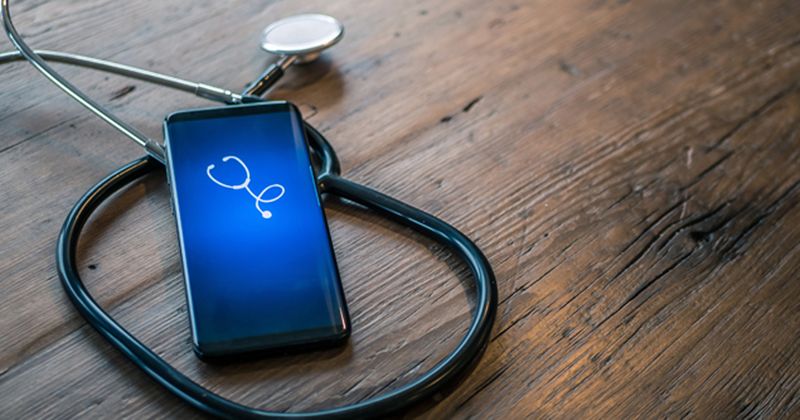Youth mental telehealth costs skyrocket with increased demand
Costs associated with mental health telehealth for adolescents have skyrocketed since 2019, according to research from Nomi Health.
Adolescent mental health telehealth appointment costs increased by 20,250% since 2019, largely due to the pandemic, according to a press release from Nomi. In addition, the direct health company projects that employer costs will increase by 186% next year due to the increased demand for mental health treatment.

“Once we have data, we have a responsibility to act, no matter how ugly of a reality the data paints. Employers must take into account the impact of this crisis on tomorrow’s workforce and on today’s workplace stability and productivity,” Mark Newman, Nomi co-founder and CEO, said in the release. “Employers looking at this data should ask: Do we have the right benefits in place? Are we prepared to manage costs to take mental health utilization trends into account? Are we providing solutions to help care for our employees and their families?”
In a retrospective cohort study examining 156,614 mental health insurance claims of patients aged 6 to 17 years, Nomi Health’s Trends in Spend Tracker research analyzed employer expenditure between January 2019 and July 2022.
According to researchers, mental health diagnoses were linked to increased care costs, with an increase in age associated with higher costs. In addition, researchers found that gender cost and diagnosis disparities widened, while suicide attempt rates and depression, anxiety and post-traumatic stress diagnoses increased.
Specifically, data from the study showed that the youth suicide rate rose 55% from 2019 to 2021, and from 2020 to 2021, the rates of diagnoses of anxiety, depression and PTSD among children and teens rose 12%.
“We have a responsibility to our kids today to commit resources and implement the right strategies to get them the care they desperately need now,” Yadira Soler, MD, a pediatric intensivist at Nomi Health, said in the release. “With health care costs spiking and widening the gap between those who do and do not have access, mental health care cannot go unaddressed. The pandemic is no longer front and center, but its impact is very much affecting kids — and employers as a result.”
